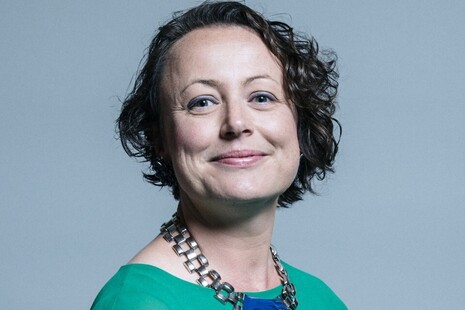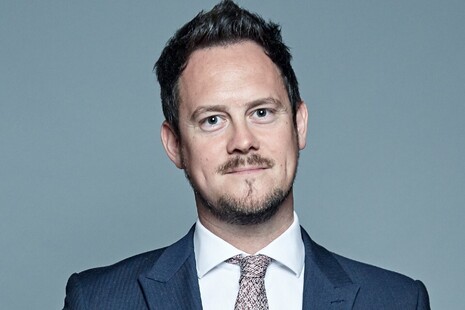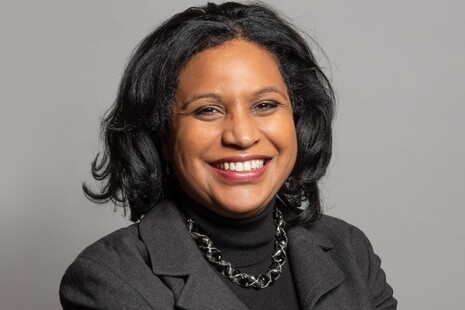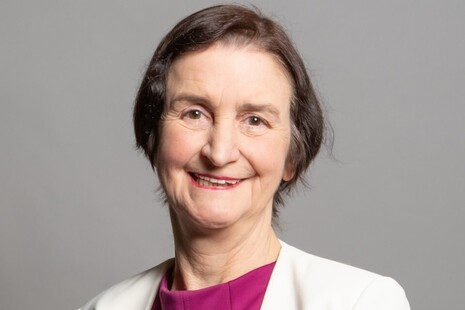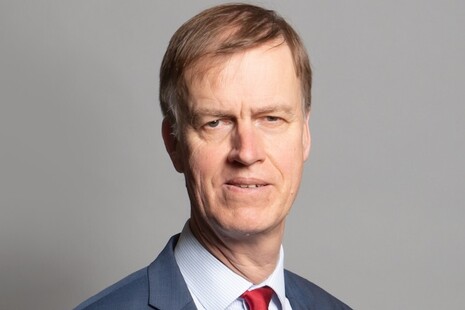Department for Education
for Education
Featured
To celebrate the 80th anniversary of VE Day, we have a guest post from the Imperial War Museum. It includes a range of ideas and resources for schools.
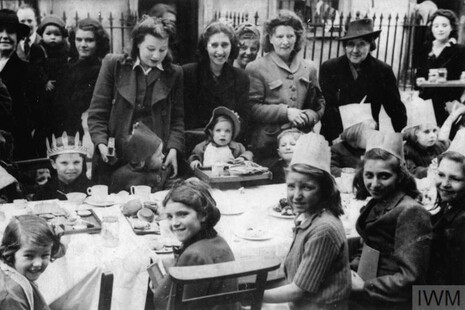
New regional improvement teams expanded to reach more than 200 schools and 120,000 children to drive up standards across the country.

Government to cut school uniform costs for around 4.2 million children, saving families an estimated £73 million per year.
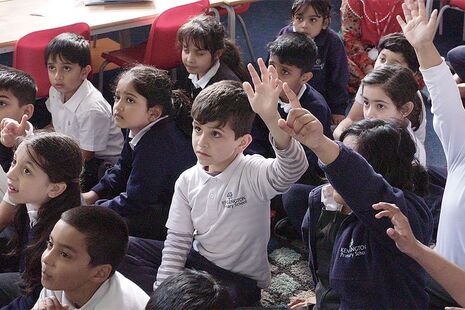
Careers in early years and childcare
Campaign
Search for a job or find out how to work at a nursery, pre-school, before or after school clubs, or become a childminder.

Narrowing the digital divide in schools and colleges
Open consultation
We’re seeking your views on proposals for narrowing the digital divide in schools and colleges.
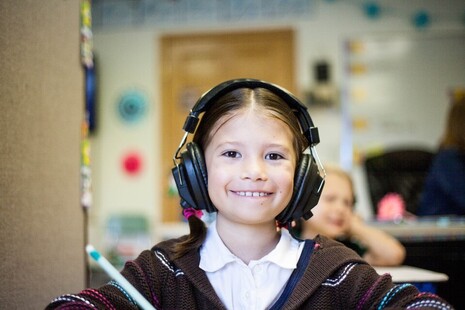
National Professional Qualifications (NPQ) framework review
Open call for evidence
We are seeking recent, relevant and high-quality research that may inform updates to the evidence-base underpinning 3 NPQ frameworks.
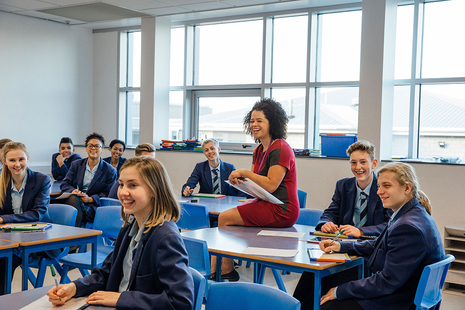
Latest from the Department for Education
What we do
The Department for Education is responsible for children’s services and education, including early years, schools, higher and further education policy, apprenticeships and wider skills in England.
DfE is a ministerial department, supported by 18 agencies and public bodies.
Follow us
Documents
Transparency and freedom of information releases
Our ministers
Our management
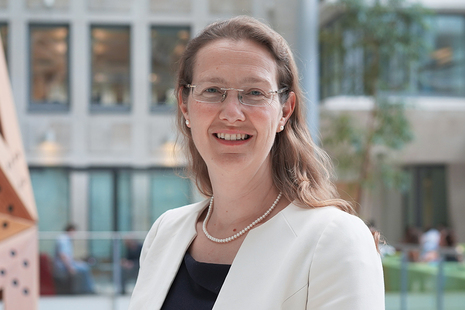
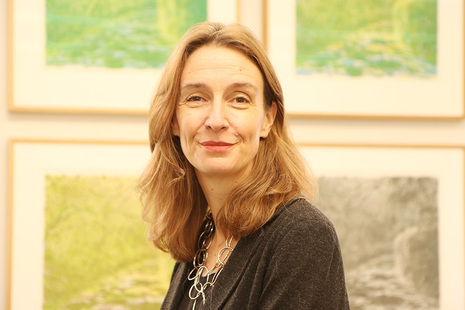
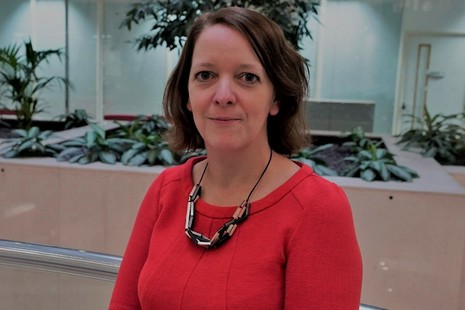

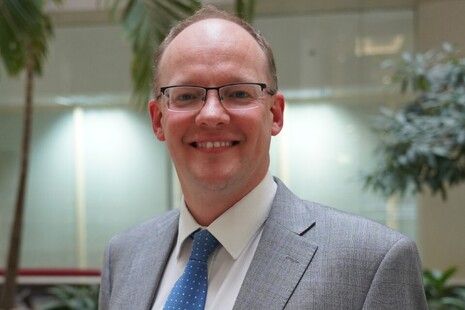

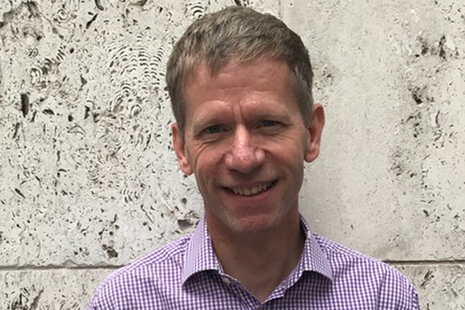


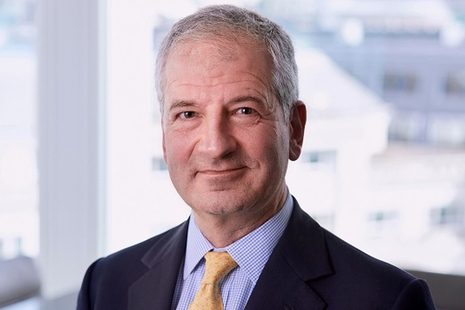




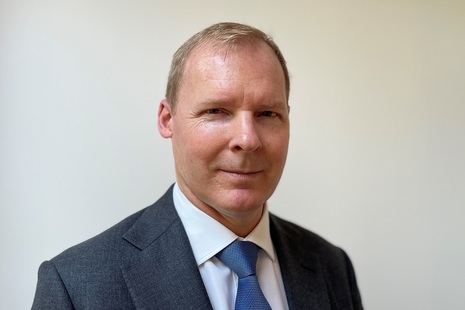
Contact DfE
General enquiries
Telephone
0370 000 2288
Opening times
Monday to Friday: 9am to 5pm
Closed at weekends and bank holidays
Data collections helpdesk
For queries relating to school data collections or any of the following systems: S2S, ASP, GIAP, GIAS or COLLECT.
Preventing extremism in education settings
Telephone
020 7340 7264
Opening times
Monday to Friday: 11am to 3pm (excluding bank holidays)
You can report concerns about extremism related to education settings in England, including allegations about institutions, staff and external people or organisations trying to influence settings.
Media enquiries
Central newsdesk
020 7783 8300
Enquiry line for journalists only.
Make an FOI request
- Read about the Freedom of Information (FOI) Act and how to make a request.
- Check our previous releases to see if we’ve already answered your question.
- Make a new request by contacting us using the details below.
Freedom of information (FOI) requests
Piccadilly Gate
Store Street
Manchester
M1 2WD
United Kingdom
Telephone
0370 000 2288
Please note, we receive a large volume of requests asking for lists of contact details for schools, which are available from our 'Get information about schools' service (https://get-information-schools.service.gov.uk/)
High profile groups within DfE
Corporate information
Jobs and contracts
Read about the types of information we routinely publish in our Publication scheme. Our Personal information charter explains how we treat your personal information. Read our policy on Social media use.


